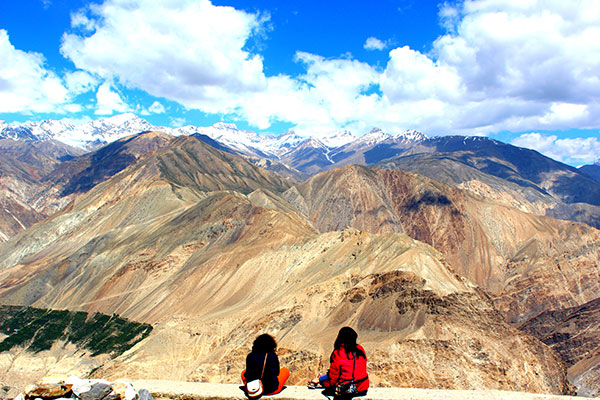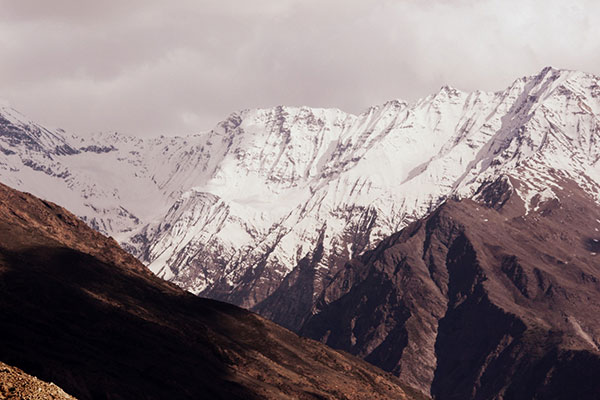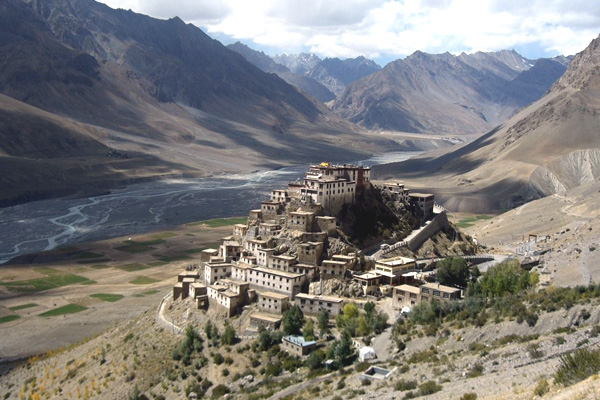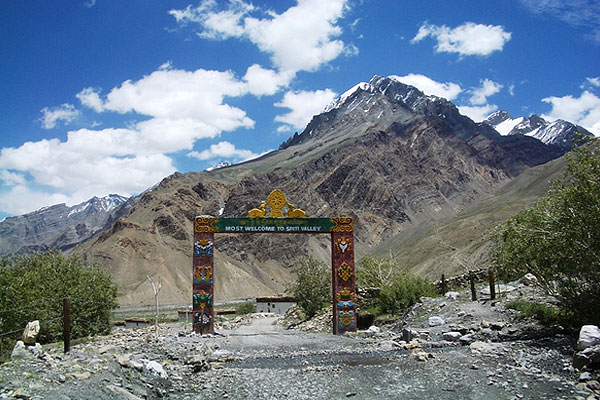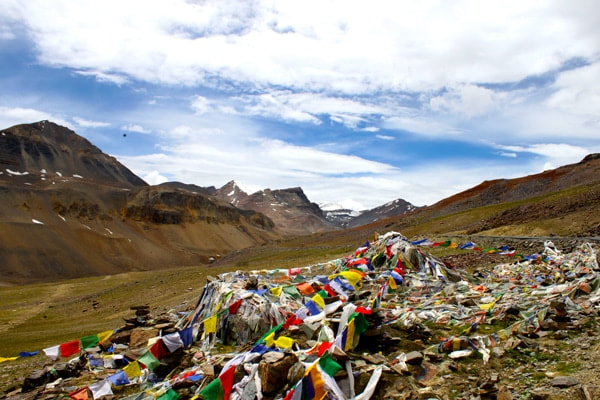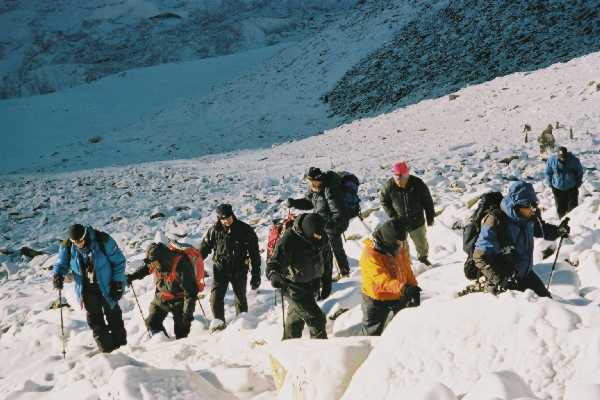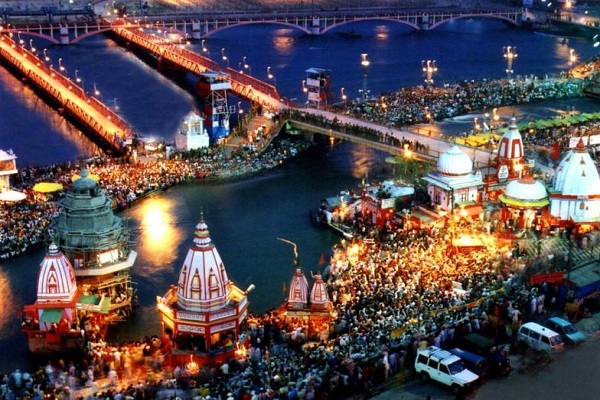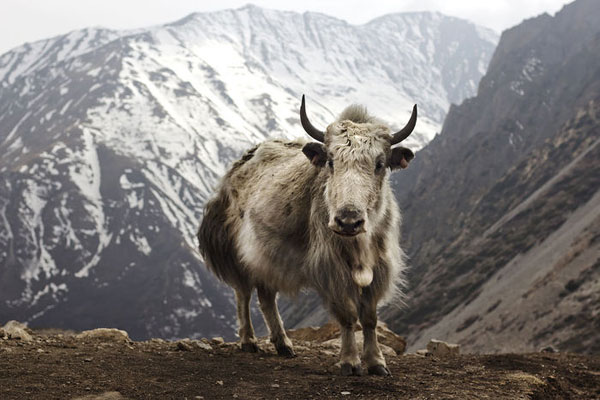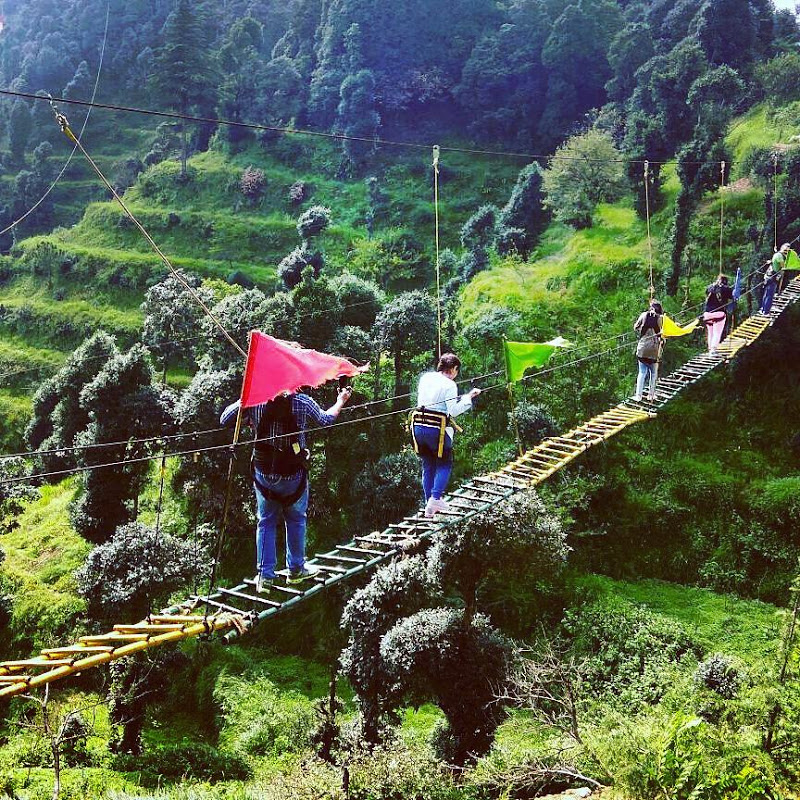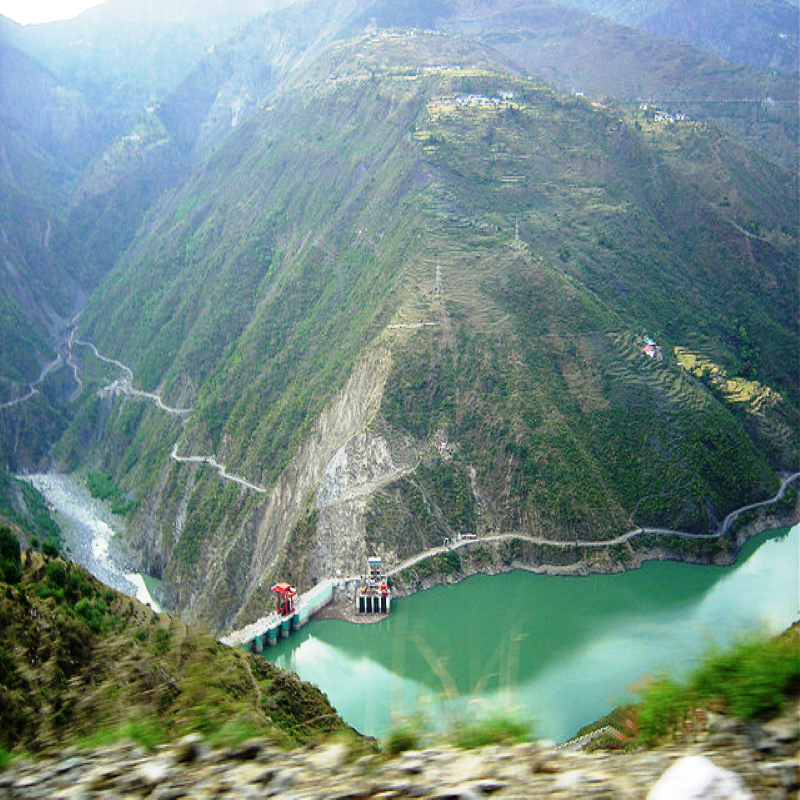Manikaran Pin Parvati Pass Pin Valley
In the sylvan surroundings of the Manikaran region it is believed that Lord Shiva, angry at a domestic squabble, went off into the fields and there under the cool shade of a tall cannabis plant, he suddenly experienced comfort and bliss. He ate some of its leaves and impressed, endorsed the plant. He came to be regarded as the Lord of Bhanng (marijuana). Manikaran, famous for its medicinal hot springs, is a temple town built around a Gurudwara and a Hindu shrine. First, reach Bhunter on the Kullu road by air or by road.
Duration: Maximum - 11 Days
Trekking Season : May to early July and again from September to end-November (or late if there is no fresh snow over the Pin-Parbati Pass). The Dushera Festival in Kullu in October is worth attending.
ITINERARY
Day 01 :
Day 02 :
Day 03 :
Day 04 :
Day 05 :
Day 06 :
Day 07 :
Day 08 :
Day 09 :
Day 10 :
Day 11 :
Travel Tips and Important Views
Getting There : You can easily reach there and options are: in the tourist season there could be several flights a day to Bhunter airport, a two hour drive from Manali. And easily by road can possible to reach Manali.
Altitude : Manikaran at 5,600 ft. is the starting point and the highest altitude is at Pin-Parbati Pass, (17,452 ft/5,319m.), The highest camp is at (15,150ft/4,617m).
Highlights of this trek : Pin Parbati Valley full of wild flowers, waterfalls and scenic campsites; the hot spring at Khir Ganga. Excellent views of the green Parbati Valley to the stark Pin Valley. And visit in monasteries of Spiti Valley.
Medical Assistance & Emergency : Manali and Shimla are the last stops. The spiti valley is connected by phone but once on the trek, no medical or rescue facilities is available.
Support Services on the Trek : Only porters can cross the Pin-Parbati Pass and these are available in Manikaran and in Pulga. Other camping services are available only in Manali. For the rest of the trek, one must be self-equipped.


